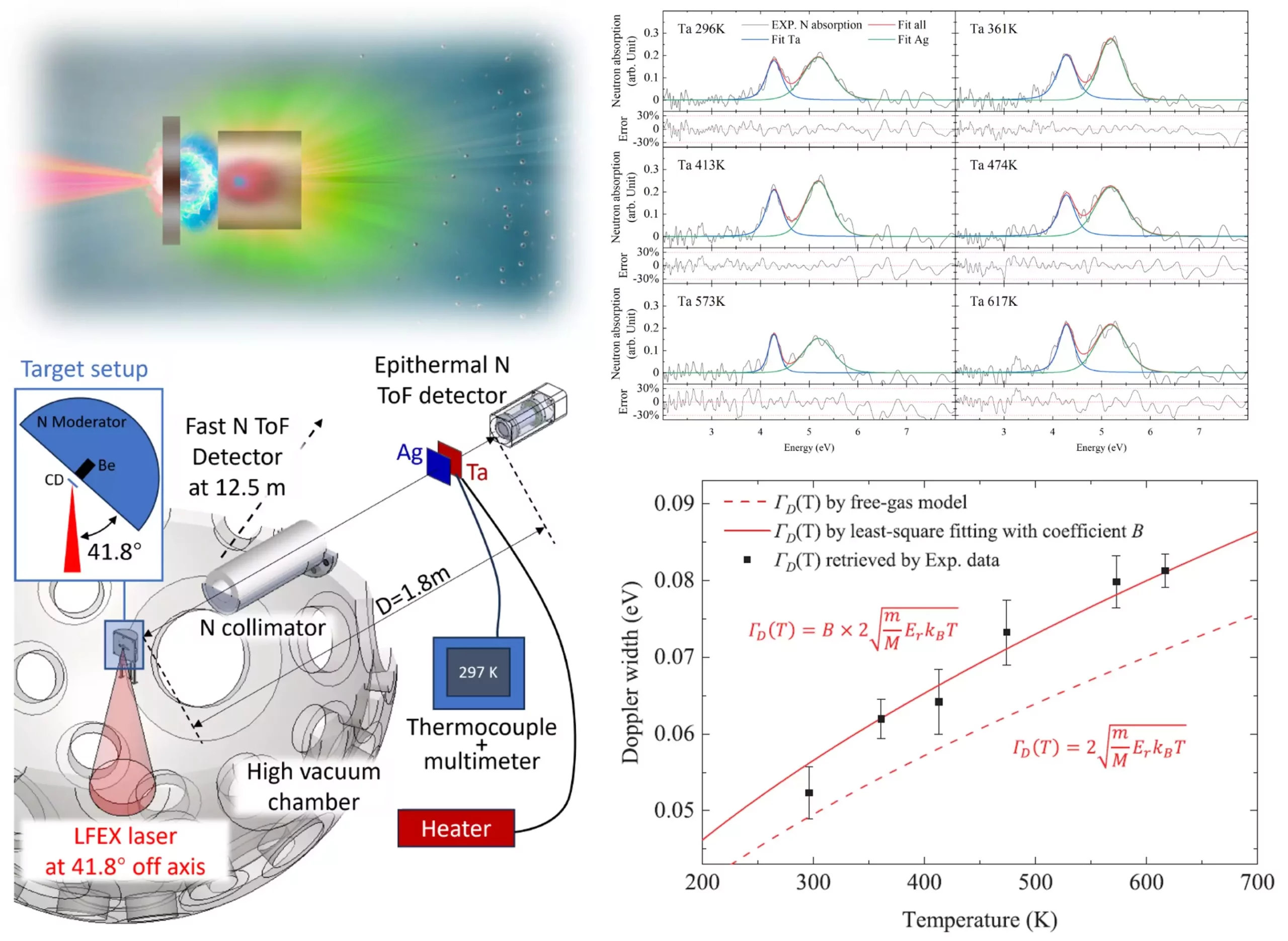In an era where our dependence on electronic devices is at an all-time high, ensuring their reliability and performance is more crucial than ever. From smartphones to complex industrial machines, every component in an electronic device generates heat. Too much heat can lead to malfunctions or failures, while optimal temperatures can enhance efficiency and lifespan. Traditionally, measuring the temperature within these intricate devices has been fraught with challenges. Most existing methods are either slow, invasive, or provide indirect estimates, leaving engineers and researchers in a perpetual struggle to optimize and monitor their products effectively.
The Promise of Neutron Resonance Absorption
A groundbreaking study led by researchers at Osaka University offers a significant breakthrough in this domain. By harnessing the power of neutrons, they have devised a method that allows for rapid and precise temperature measurements. Utilizing neutron resonance absorption (NRA) as the core technique, the team has capitalized on the unique properties of neutrons to gather information almost instantaneously. This marks a pivotal shift away from traditional approaches and introduces a level of efficiency that could propel the electronics industry into a new era of innovation.
The beauty of the NRA technique lies in its precision. Unlike conventional measurement methods that can take considerable time and often rely on thermal sensors, this new approach examines the absorption patterns of neutrons as they interact with atomic nuclei. These patterns change predictably with temperature fluctuations, allowing for real-time analysis.
Innovative Techniques and Applications
One of the most impressive aspects of this research is the methodology of neutron generation. The neutrons are produced using powerful laser beams and then decelerated to low energy levels before being allowed to penetrate the sample materials. During testing with tantalum and silver plates, the researchers achieved remarkable speeds in data collection, with temperature readings possible within a mere 100 nanoseconds. This quick turnaround time is a game-changer for the field of electronics.
Lead author Zechen Lan emphasizes the non-destructive nature of their novel measurement technique. This opens the door to valuable applications in monitoring critical components such as batteries and semiconductors without compromising their integrity. The capability to measure temperature in real-time allows manufacturers to detect potential issues before they escalate into more significant problems, paving the way for enhanced safety and operational reliability.
Size Matters: A Compact Solution
Another noteworthy advancement presented by this research is the diminutive size of the measurement device. Being approximately one-tenth the size of similar traditional equipment, it offers practicality for labs worldwide. This compact design makes it feasible for more research facilities to adopt this cutting-edge technology, fostering broader collaboration and innovation in temperature measurement.
The ability to precisely measure operating temperatures can lead to a wealth of insights into the actual functioning conditions of electronic devices. Such knowledge not only aids in immediate problem-solving but also provides a foundational understanding that could influence future designs. The implications for materials science and engineering are profound; one can envision a future where new materials are engineered with thermal properties optimized for specific applications based on insights gained from this research.
Future Implications for the Electronics Industry
The ramifications of this study extend far beyond academic interest; they hold substantial promise for the electronics industry. As devices continue to evolve and require higher efficiency, understanding their internal thermal dynamics will become increasingly critical. Not only will this research contribute to the design of more reliable electronic components, but it may also catalyze innovations in various fields—from consumer electronics to automotive engineering.
The journey towards more efficient and reliable electronics is ongoing, but the techniques emerging from Osaka University represent a beacon of hope. If successfully implemented across the industry, this technology could redefine standards for temperature measurement and fundamentally alter how engineers approach electronics design and manufacturing. As we stand on the precipice of this monumental shift, the future of electronics looks remarkably bright and promising, driven by science and innovation.

